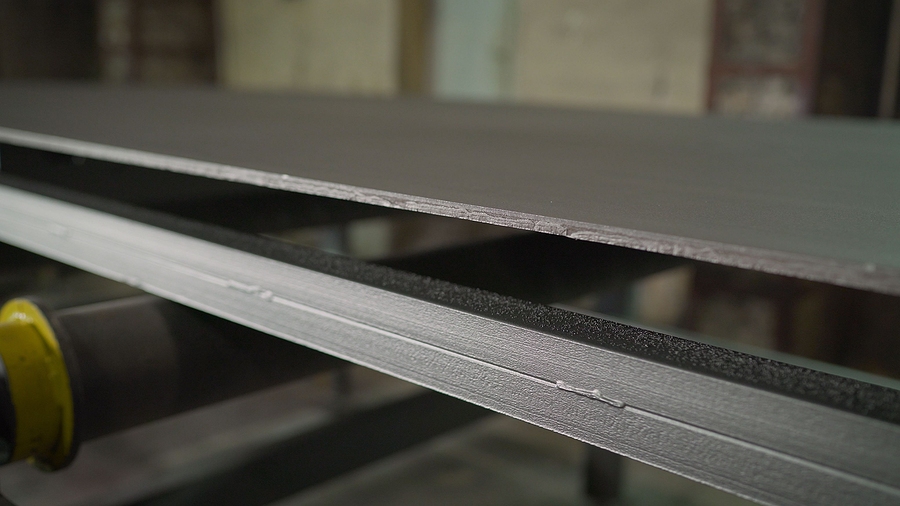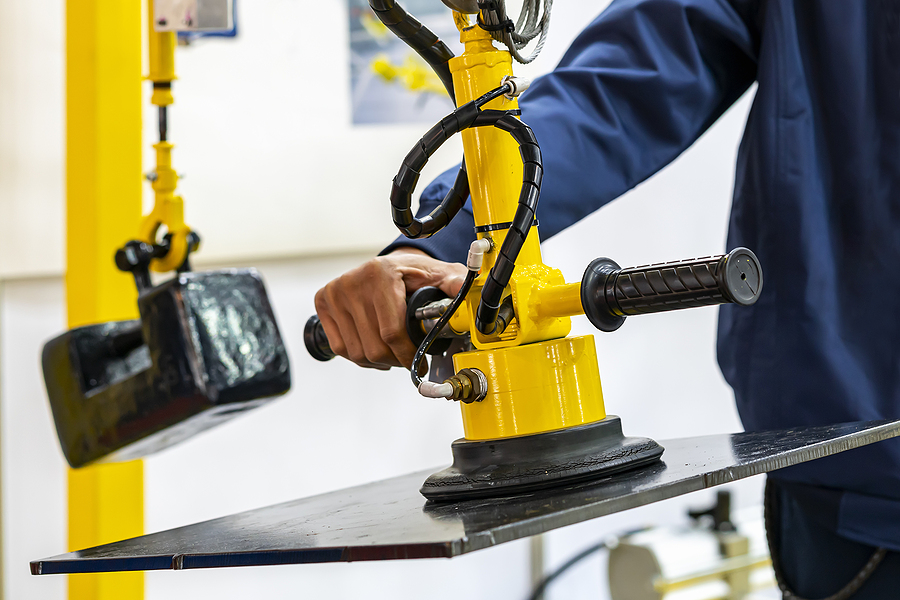Plate lifting equipment is a significant investment that is important to protect. Not only are pieces of equipment like heavy lifting magnets expensive, but they facilitate the daily operations of your business. Most damage occurs due to collisions with other heavy objects and some parts of magnet lifting systems are more vulnerable to damage than others. In order to protect your equipment, it’s essential to know where the most vulnerable parts of the lifting magnets are.

Safety Latch
On plate lifting equipment like lifting magnets, the safety latch is a sliding mechanism that locks the handle in place. It is composed of a sliding cylinder, a steel column, and an L or T-shaped knob. The cylinder and the knob are welded together with the steel column in the middle. Because the latch is installed at the top of the lifting magnets, it is more likely to have a collision with other objects. Systems that have a protection slot at the top of the lifting magnet are more likely to survive a collision than those without.
Handle
The handle of a lifting magnet is another part that is vulnerable to collision damage. They protrude from the top of the magnet, leaving them open to a collisional and the impact can deform them. With a broken handle, the safety latch will not be able to lock in the ON position. Too much warping and deformation to the handle may require it to be put out of order.
Bottom Surface
While the handle and safety latch are important aspects of plate lifting equipment, they are not nearly as important as the bottom surface of the magnet. Whether it be through normal use or accidental collisions, the bottom surface of lifting magnets is vulnerable to dents, deformations, and burrs. When any of these are on the bottom surface of a lifting magnet, air pockets will exist between the magnet and the load being lifted. This space greatly weakens the magnetism and, in turn, reduces the system’s lift capacity. Having an inaccurate gauge on the lift capacity could cause a load to be dropped, causing damage and potential injury.
Accident Prevention
To keep plate lifting equipment in pristine condition, the best practices in operation should be used at all times. Both operators and their employers play a part in accident prevention. Employers are responsible for hiring trained and certified operators and continuing their education throughout their employment. Jobsite conditions must be assessed and taken into account before operations begin. The right equipment must be used for the job site's application, and all equipment should be regularly maintained and repaired. Operators are also responsible for visually inspecting their equipment and job site conditions. They must also refer to maintenance records to ensure their equipment is safe to use.

Highest Quality Plate Lifting Equipment
Permadur Industries has the right equipment for your business needs. Our staff can work with you to determine the best solution for your particular needs and will help educate and train your staff on the differences in the application and use of our equipment correctly, effectively, and safely. We are an American manufacturer of below-the-hook lifting equipment that specializes in permanent lifting magnets. We offer magnets in bipolar, tripolar, and five polar orientations enabling us to tailor the design of the magnet system to your specific lifting needs. We are also here to support your needs year after year with maintenance after installation support. Contact us for more information.


